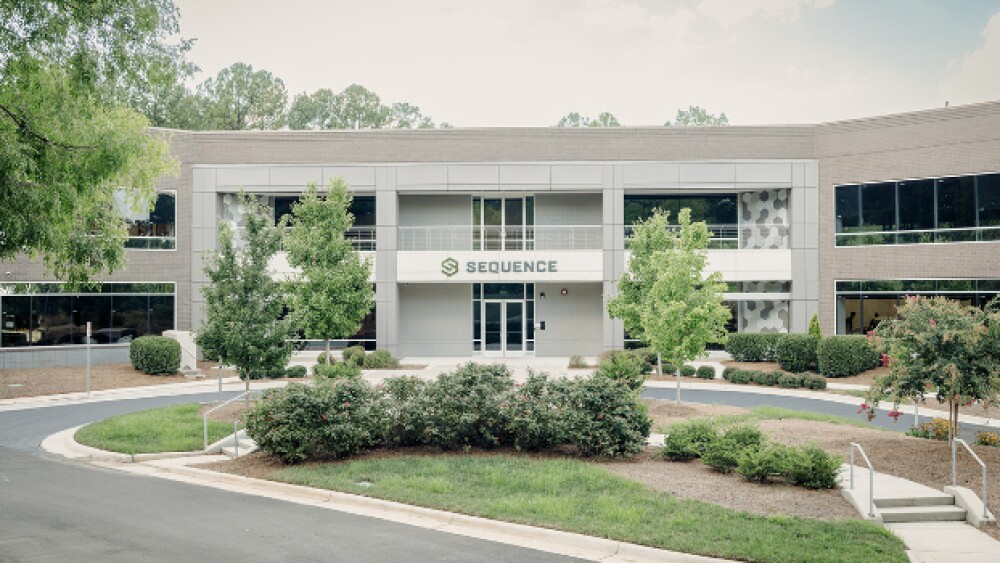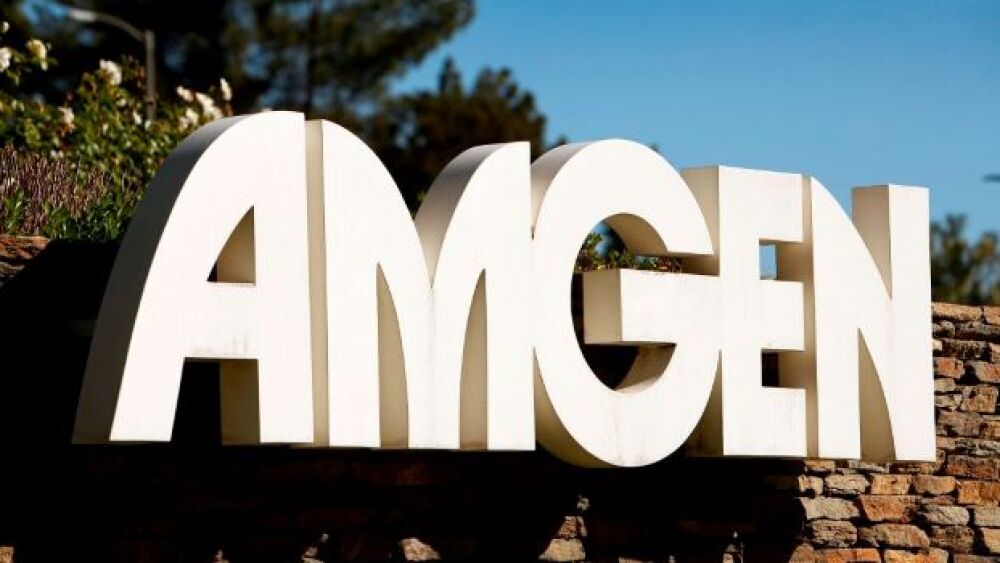RESEARCH TRIANGLE PARK, N.C., Apr. 13, 2015 /PRNewswire-iReach/ -- Qualyst Transporter Solutions (Qualyst), through Dr. Kenneth Brouwer, has recently published the cover story in the American Association of Pharmaceutical Sciences (AAPS) Newsmagazine regarding the often-overlooked importance of knowing the intracellular concentration in in vitro studies. The intracellular concentration of a compound is the driving force for any process inside the cell and critical to linking experimental results from model-to-model and lab-to-lab. The Letter was published in the April issue of AAPS Newsmagazine (http://www.aaps.org/NewsmagApr15).
"For an in vitro system to have the best potential to predict clinical outcomes, it is critical for the system to have an in vivo-relevant intracellular concentration of both the drug and potential metabolites", said Dr. Kenneth Brouwer, the Chief Scientific Officer at Qualyst. "Sandwich-cultured hepatocyte systems that are properly polarized, which usually occurs after 3-4 days in culture under the right conditions, demonstrate normal expression, localization and function of uptake and efflux transporters and this results in more physiologic intracellular concentrations", said Dr. Brouwer.
The B-CLEAR® technology has been optimized over the past 15 years to provide both metabolic and transporter function which yields the most physiologic drug and metabolite intracellular concentrations. Hepatic systems that are non-polarized, such as hepatocytes in suspension or short-term plated hepatocytes, do not maintain proper transport function, largely related to a lack of biliary efflux. This is due to the fact that a canalicular membrane has not formed between the hepatocytes where key efflux transporters reside. Non-polarized systems may generate higher intracellular concentrations of drugs and/or their metabolites, and may impact the ability to accurately predict efficacy, toxicity, transporter induction/inhibition or other interactions that occur in vivo.
"We welcome publications such as this one that help educate researchers on the pitfalls and shortcomings of one model over the other. All models have value, however, it is important to understand the system limitations, such as a lack of biliary efflux, and factor that in to your experimental design," said Dr. Christopher Black, Chief Executive Officer at Qualyst. "If your studies require functioning hepatic transporters and relevant intracellular drug and metabolite concentrations, then we believe that the B-CLEAR® is the right system to use", said Dr. Black.
About Qualyst Transporter Solutions, LLC
Qualyst Transporter Solutions commercializes novel and proprietary drug transport and hepatobiliary disposition products for research in drug induced liver injury, hepatotoxicity, drug interactions and drug metabolism. Qualyst Transporter Solutions products and contract services provide clinically-relevant answers to liver-related questions through the use of a proprietary technology, B-CLEAR®, that yields physiologic intracellular concentrations by ensuring proper metabolism and transport function. In addition, Qualyst Transporter Solutions has pioneered and an industry-accepted standard of hepatocyte function for cryopreserved human hepatocytes called Transporter Certified, which is available from most hepatocyte providers. For additional information, please refer to the company's web site at www.qualyst.com or call (919) 313-6500.
Media Contact
For more information, contact Qualyst Transporter Solutions, (919) 313-6500, marketing@qualyst.com
Media Contact:Billie Caison, Qualyst Transporter Solutions LLC, 919-313-6500, billiecaison@qualyst.com
News distributed by PR Newswire iReach: https://ireach.prnewswire.com
SOURCE Qualyst Transporter Solutions
 Help employers find you! Check out all the jobs and post your resume.
Help employers find you! Check out all the jobs and post your resume.




